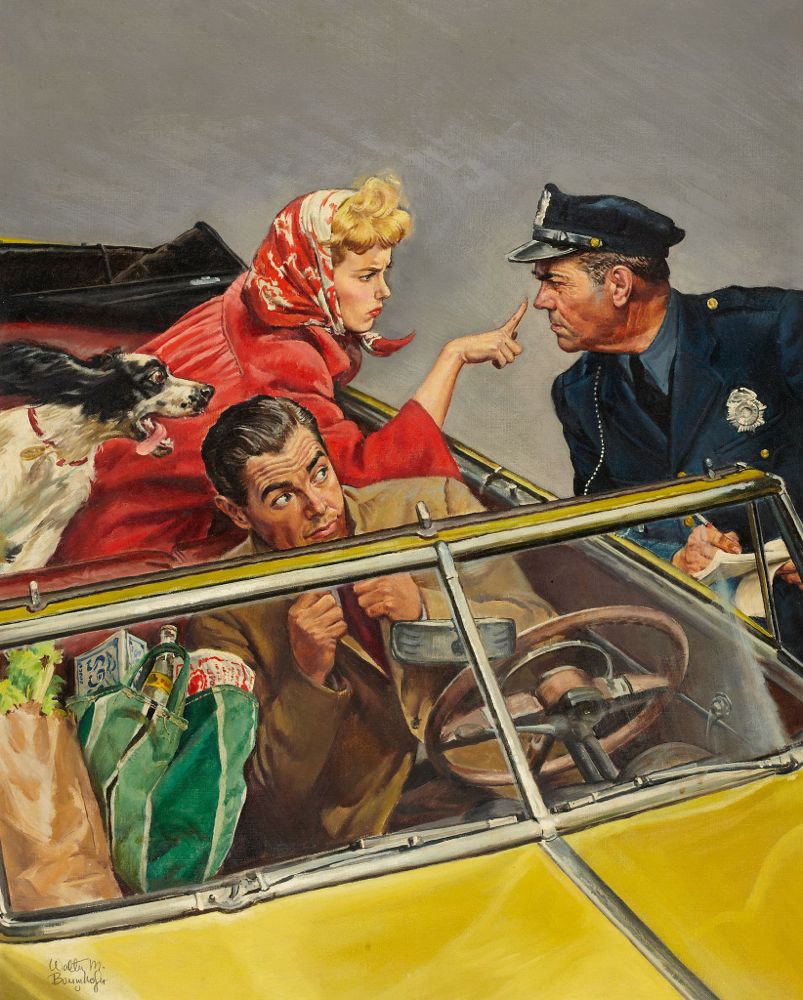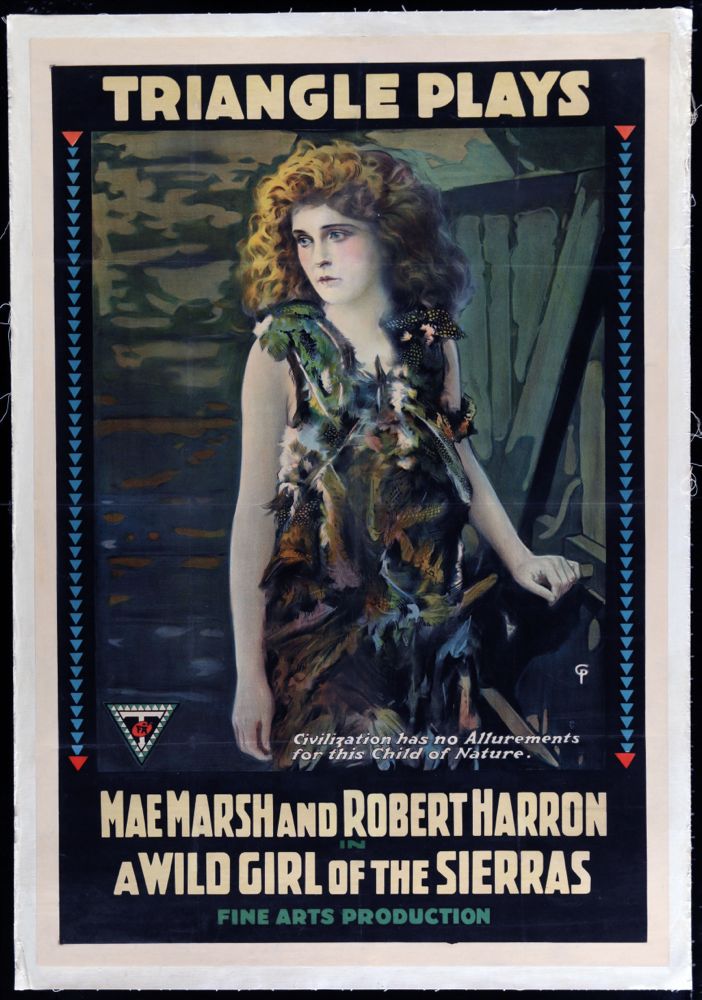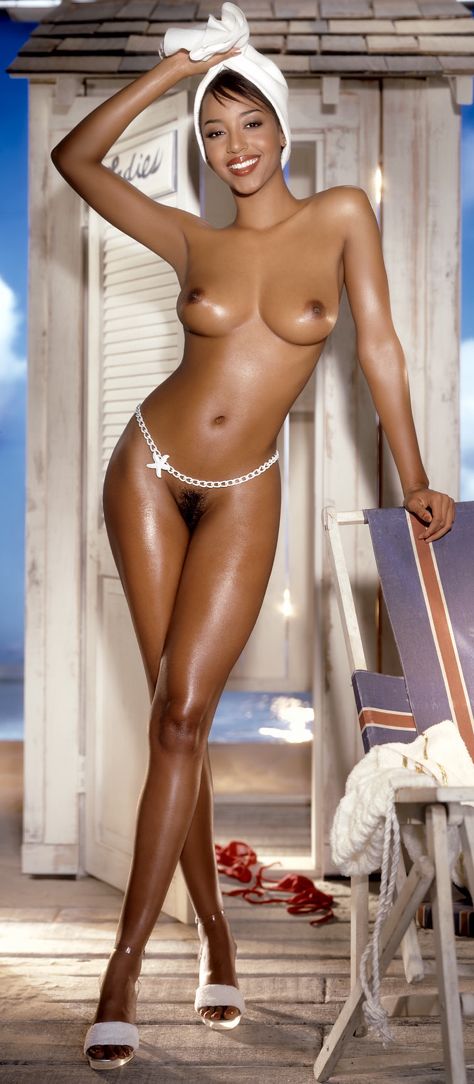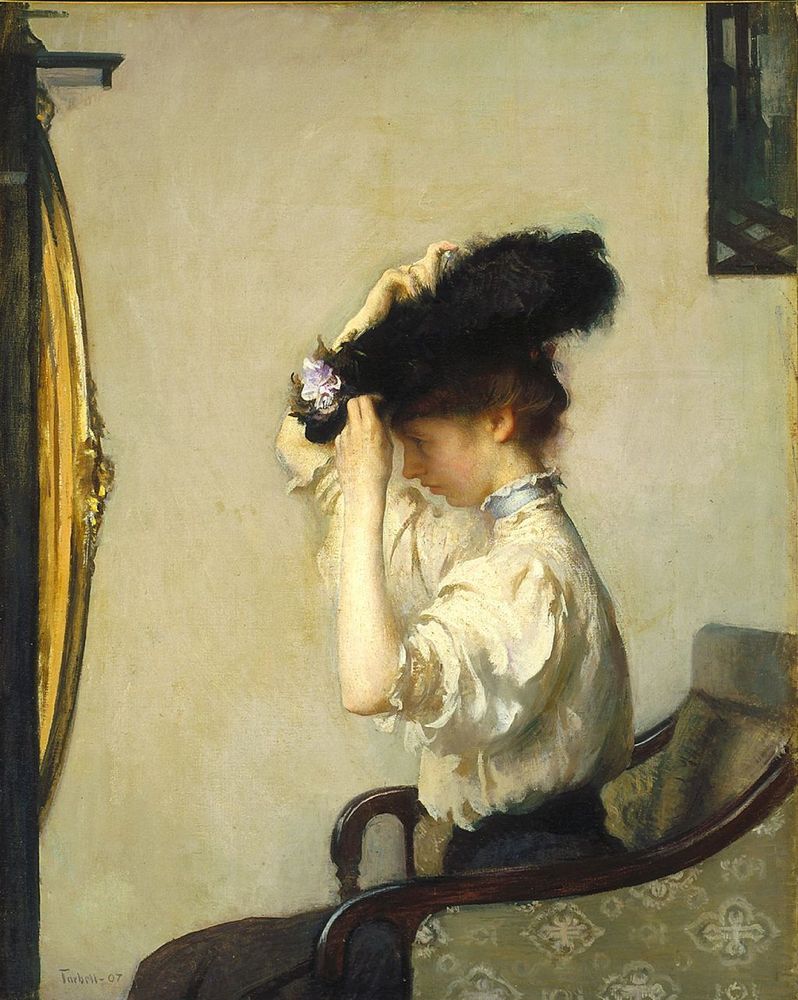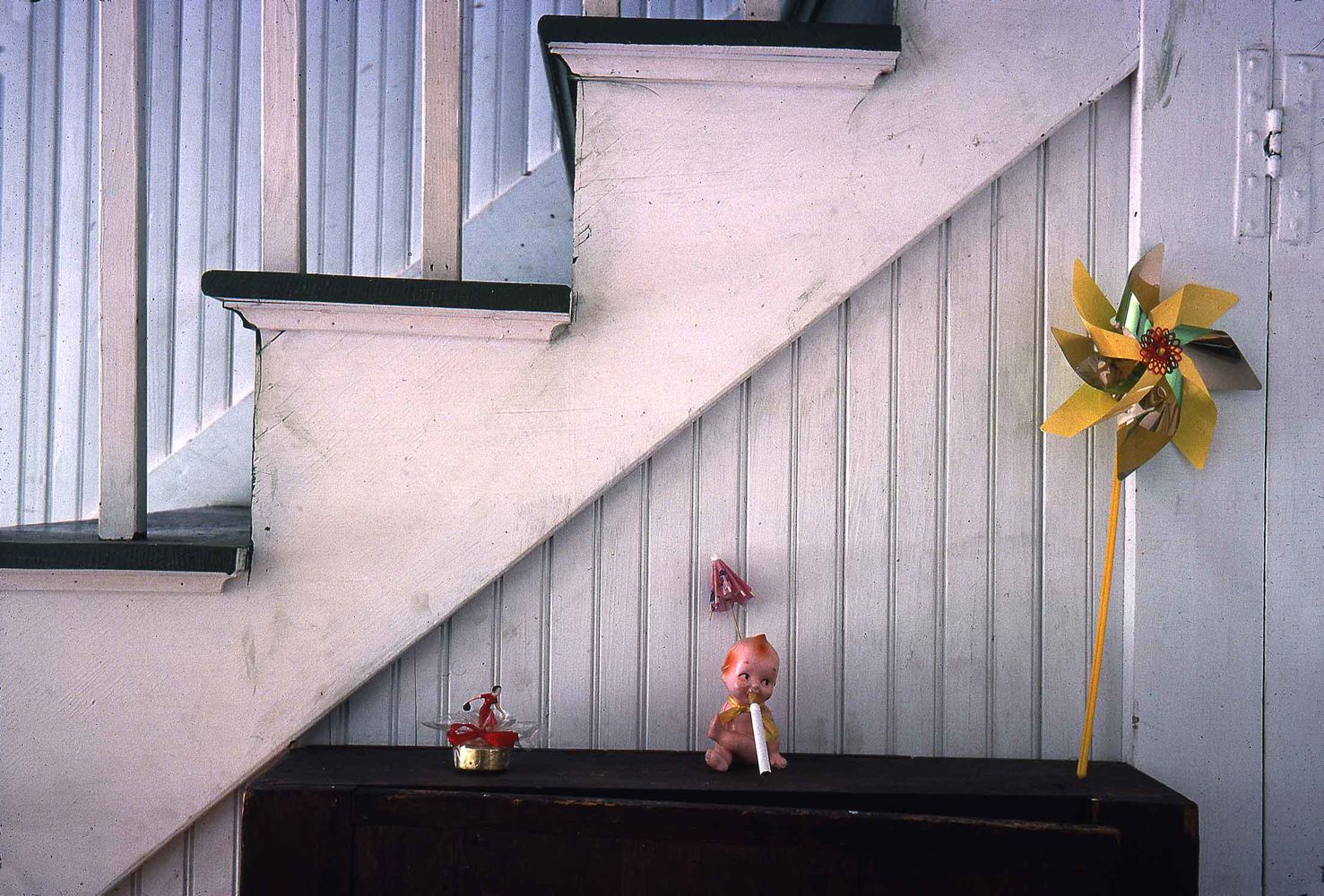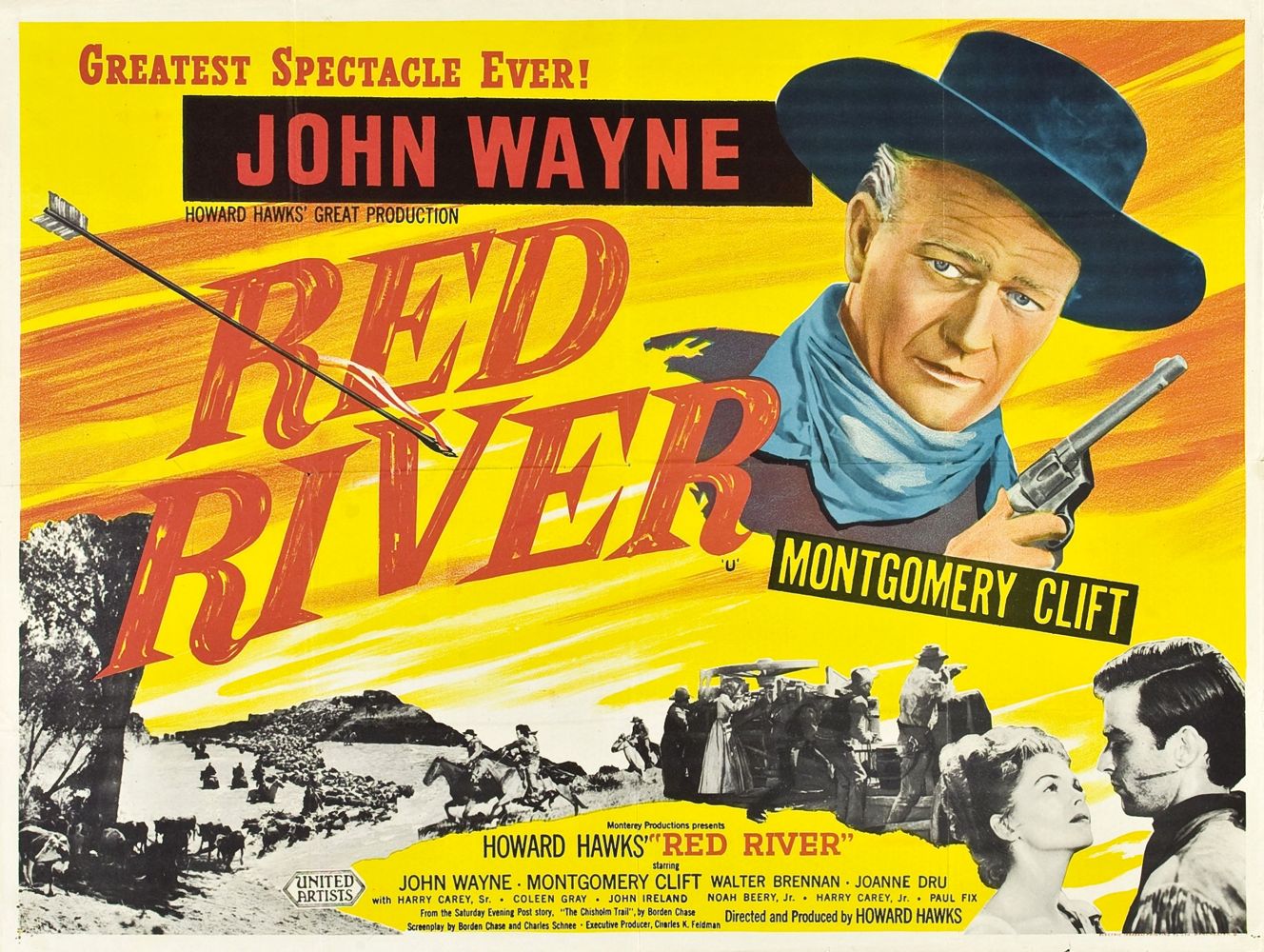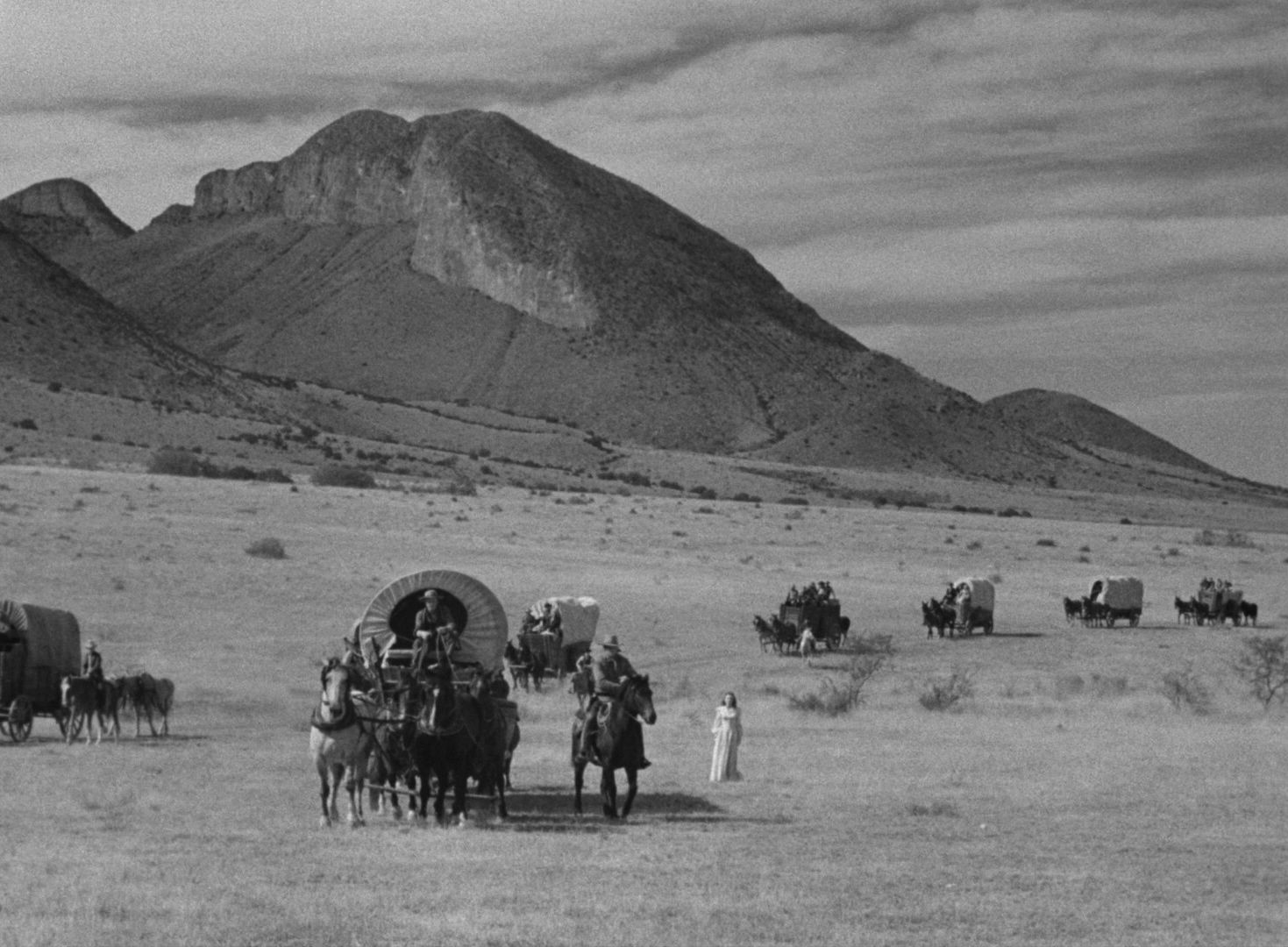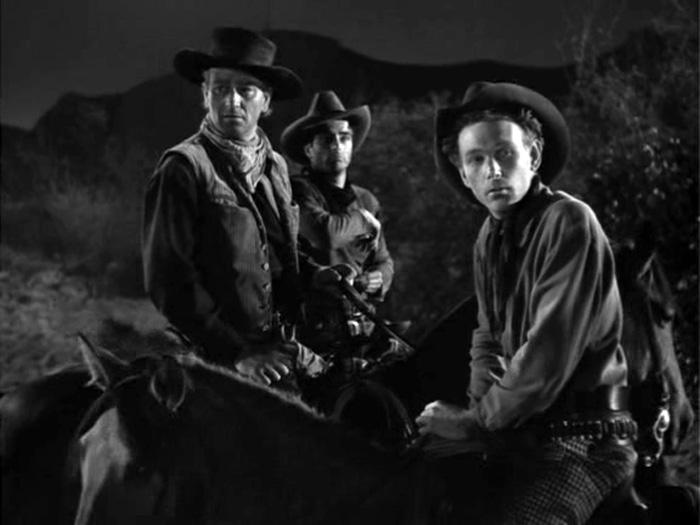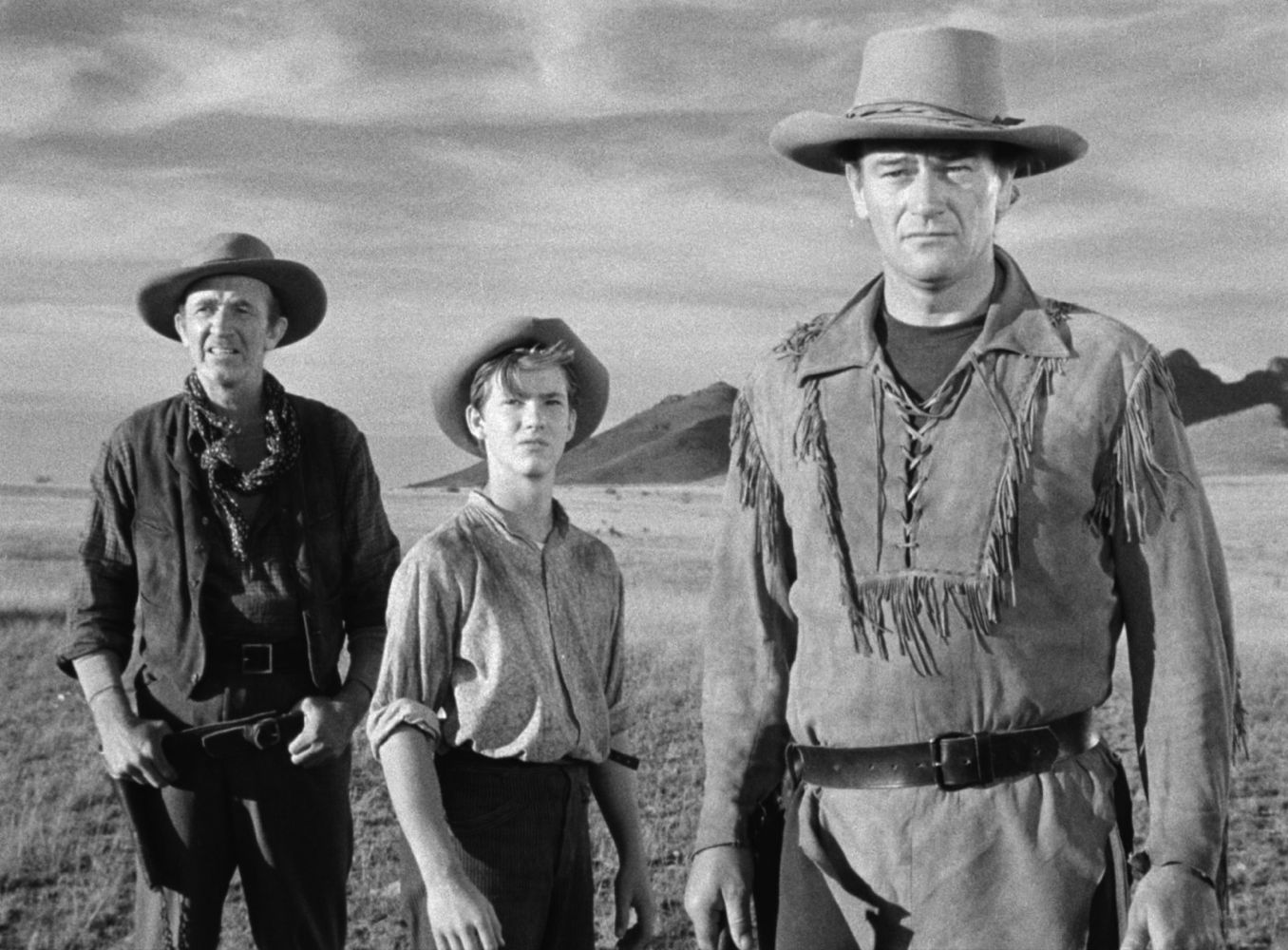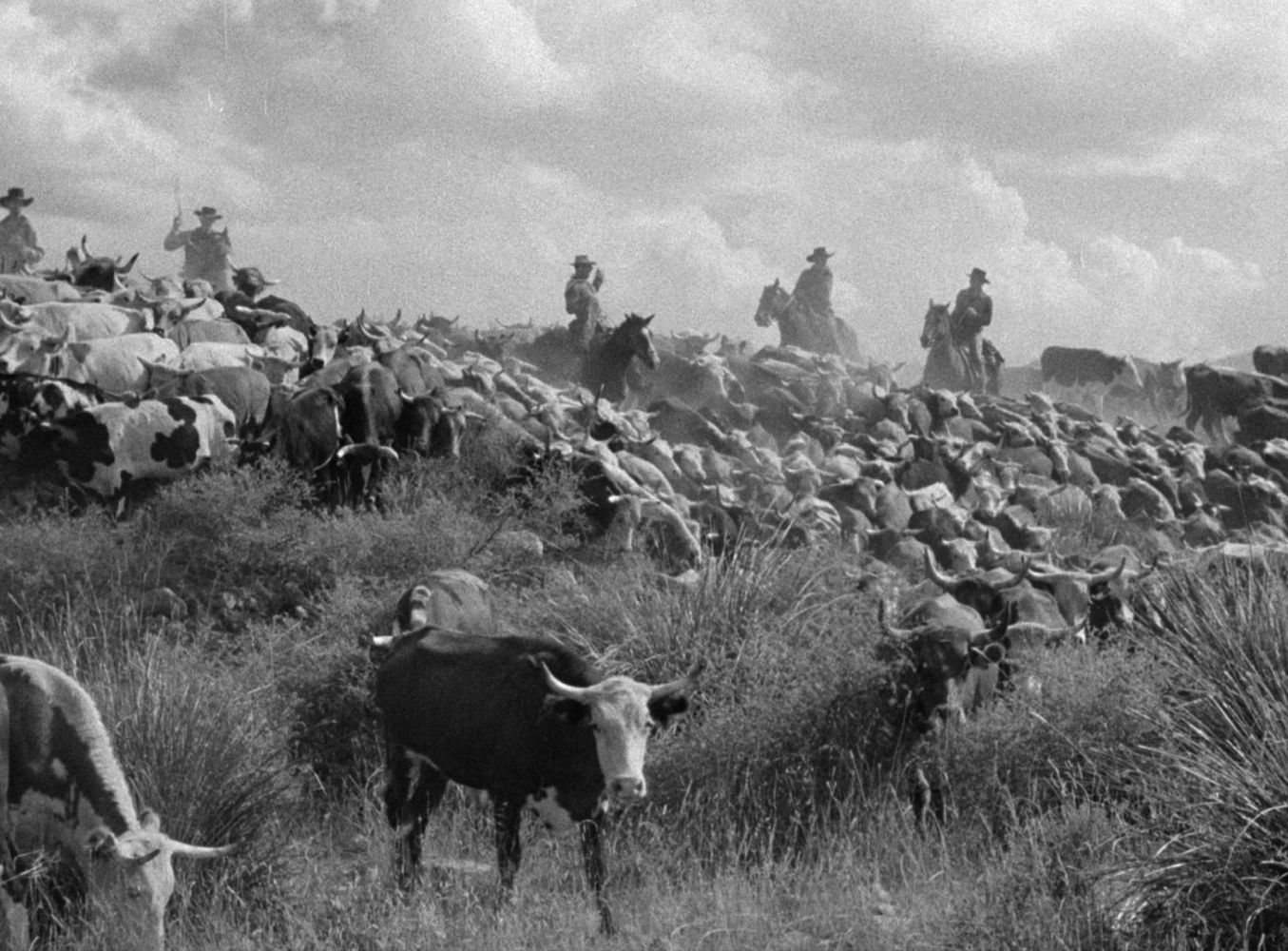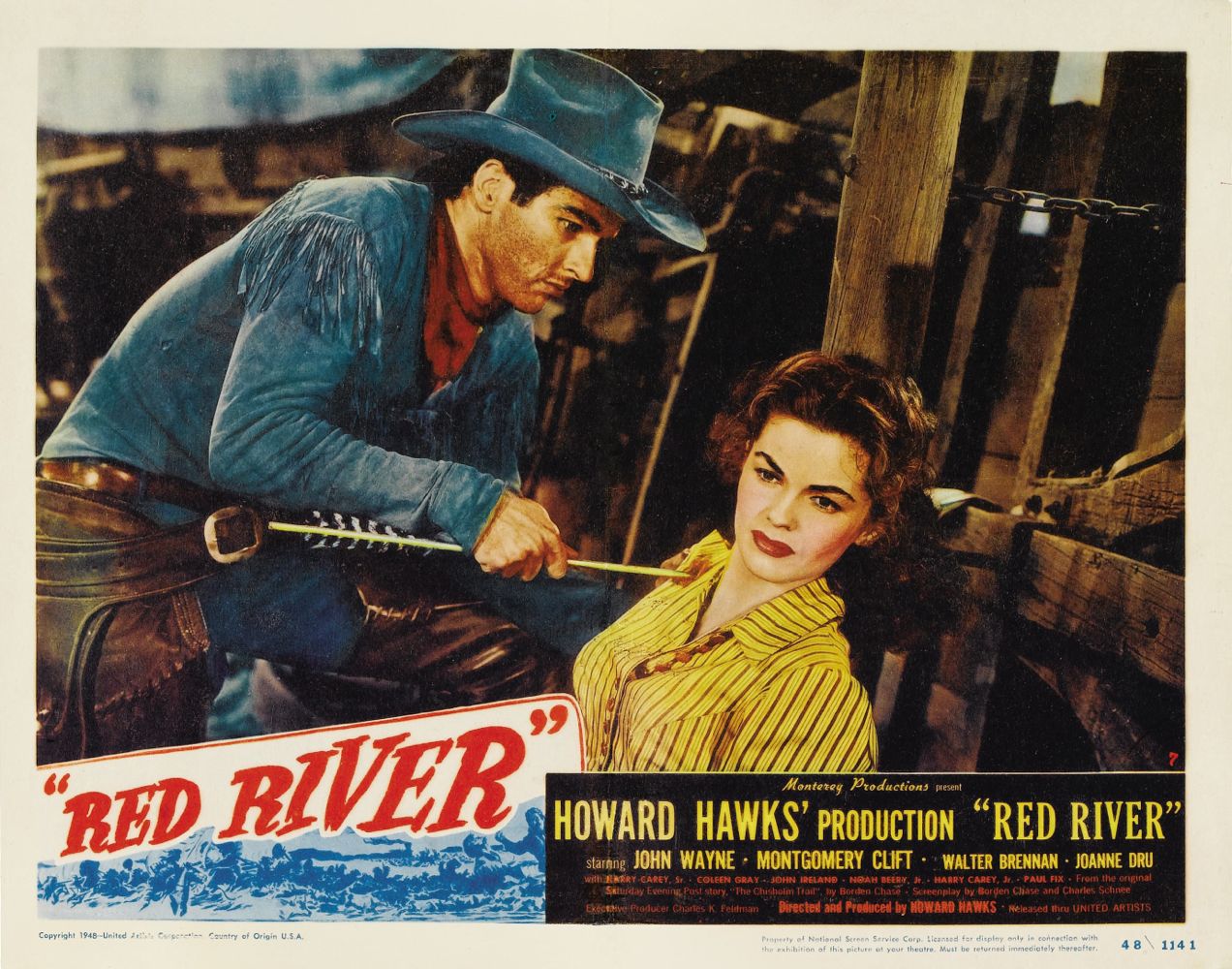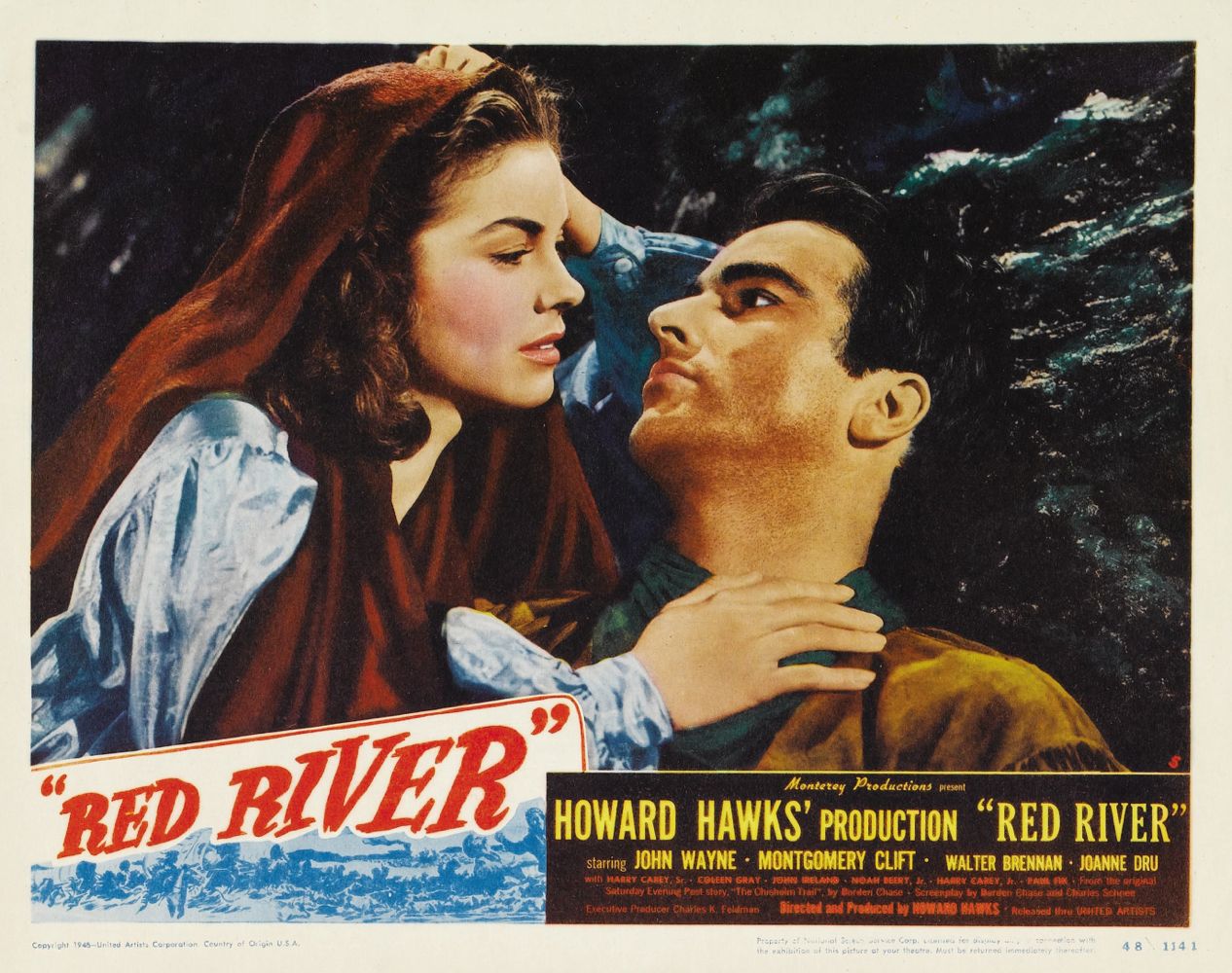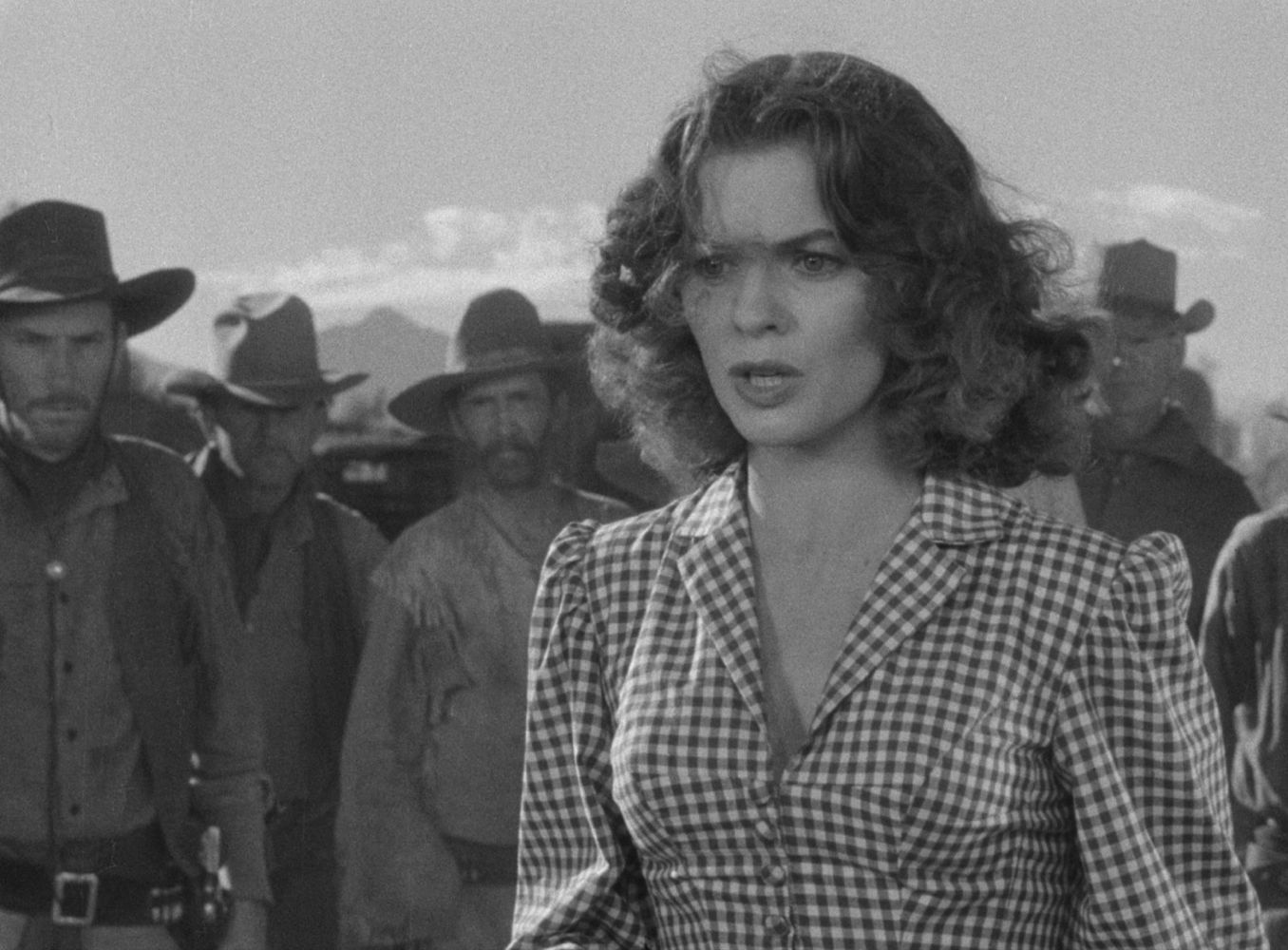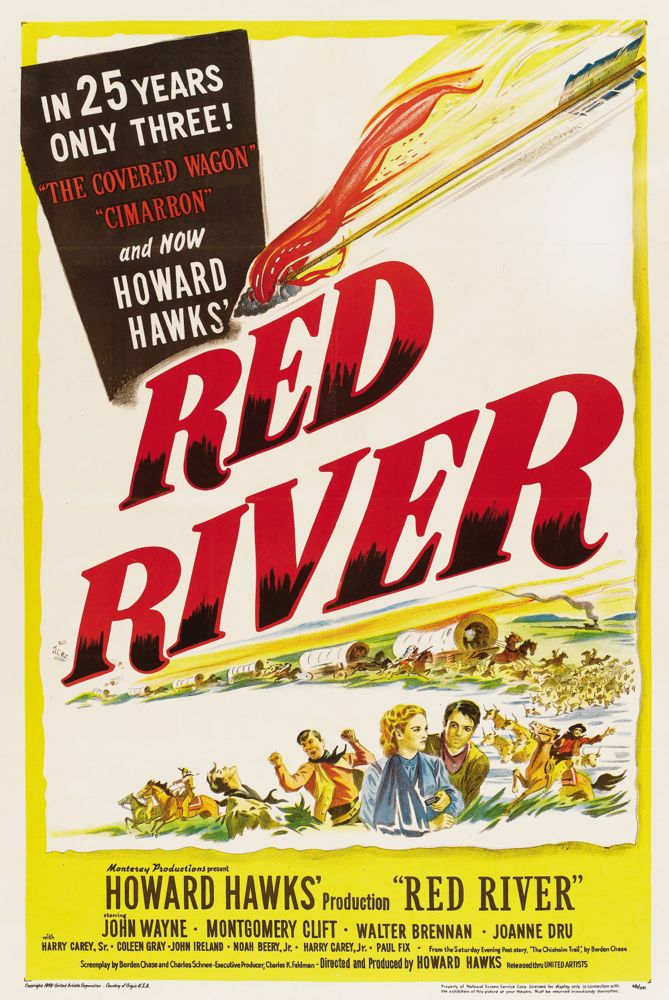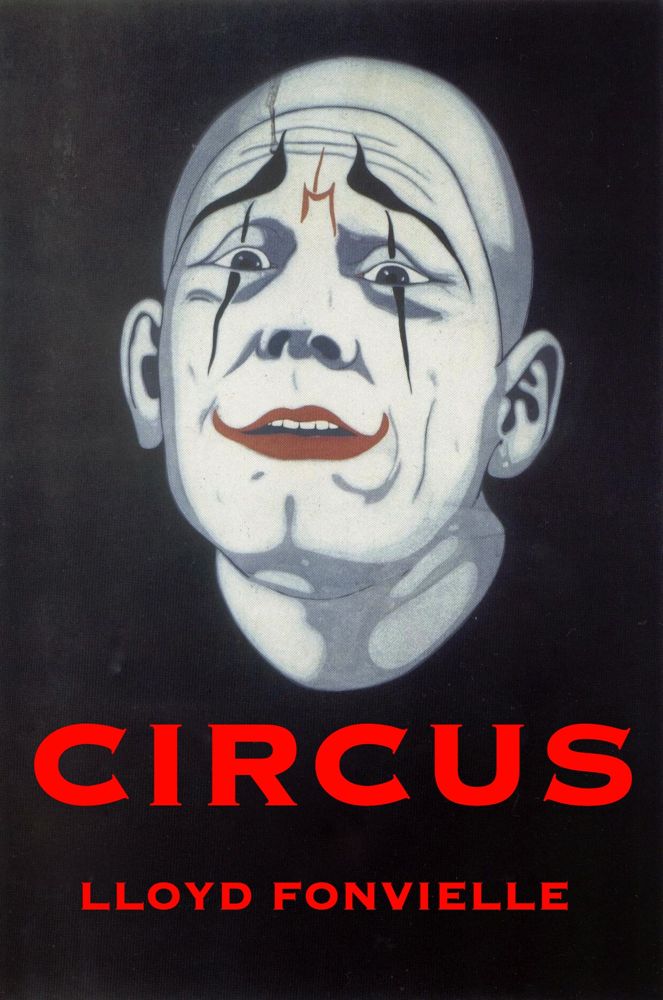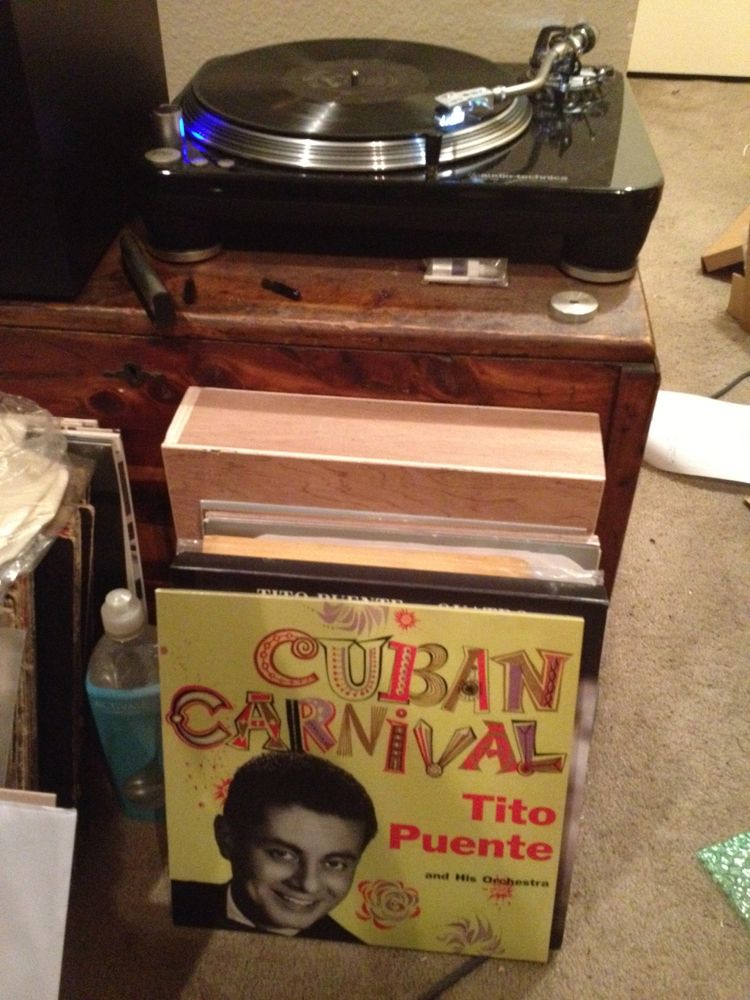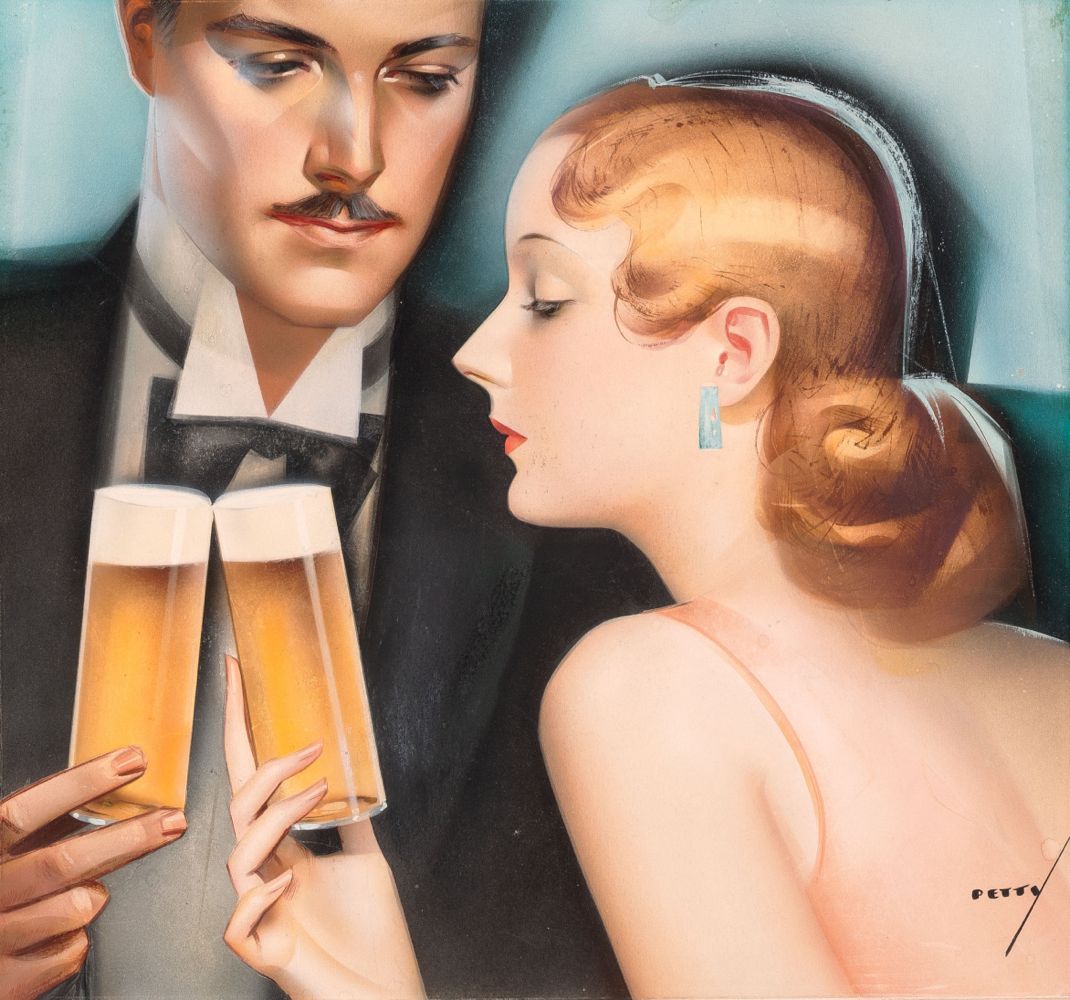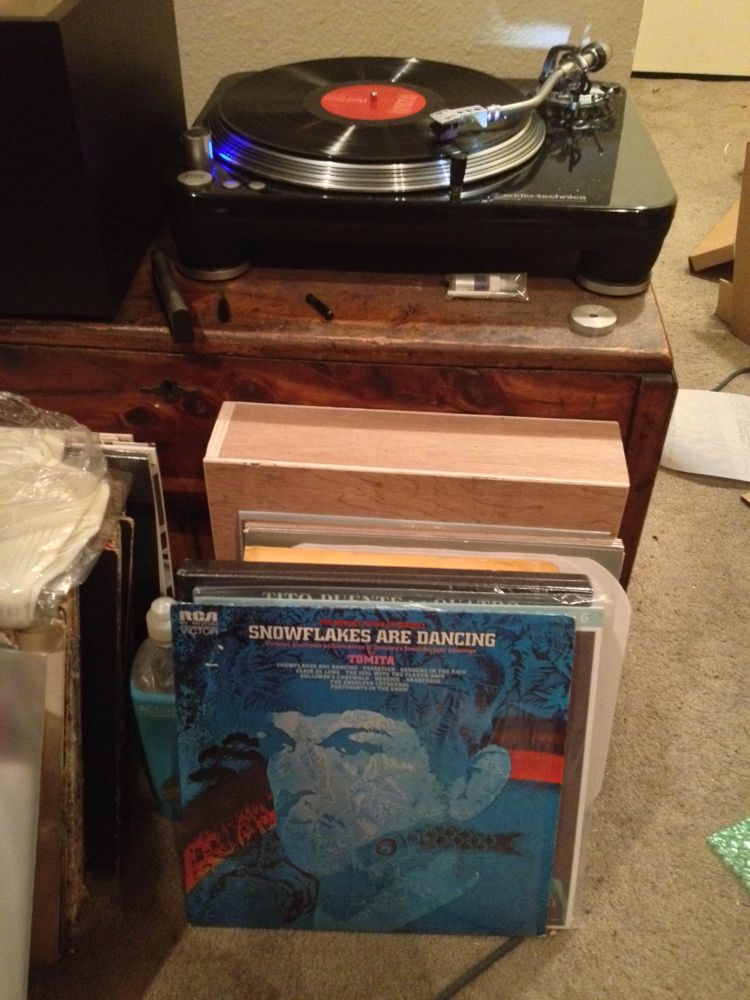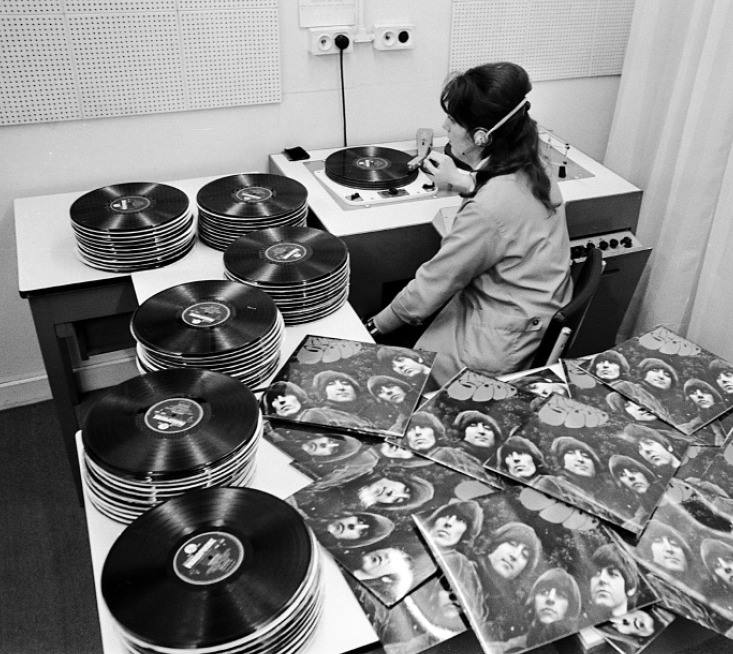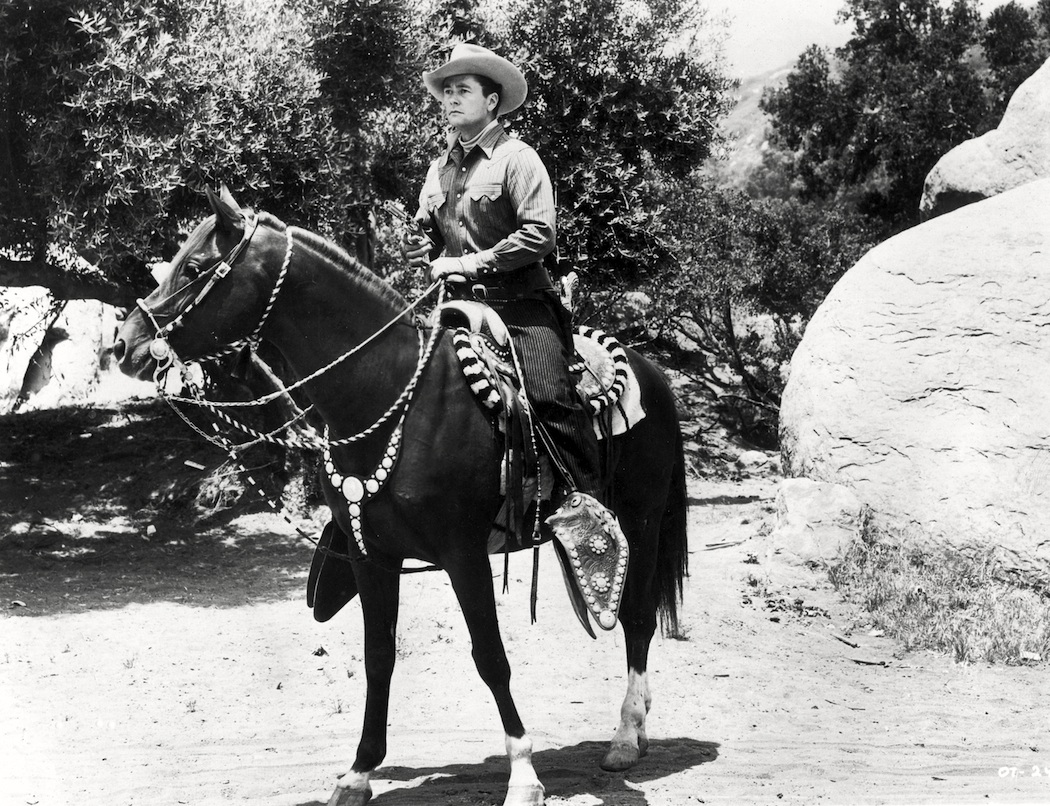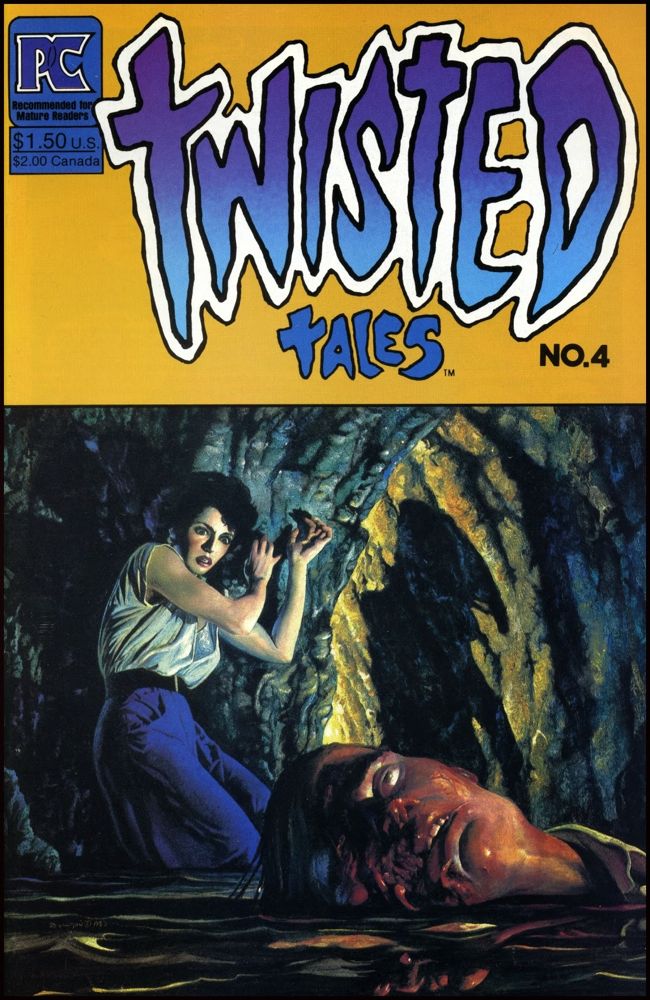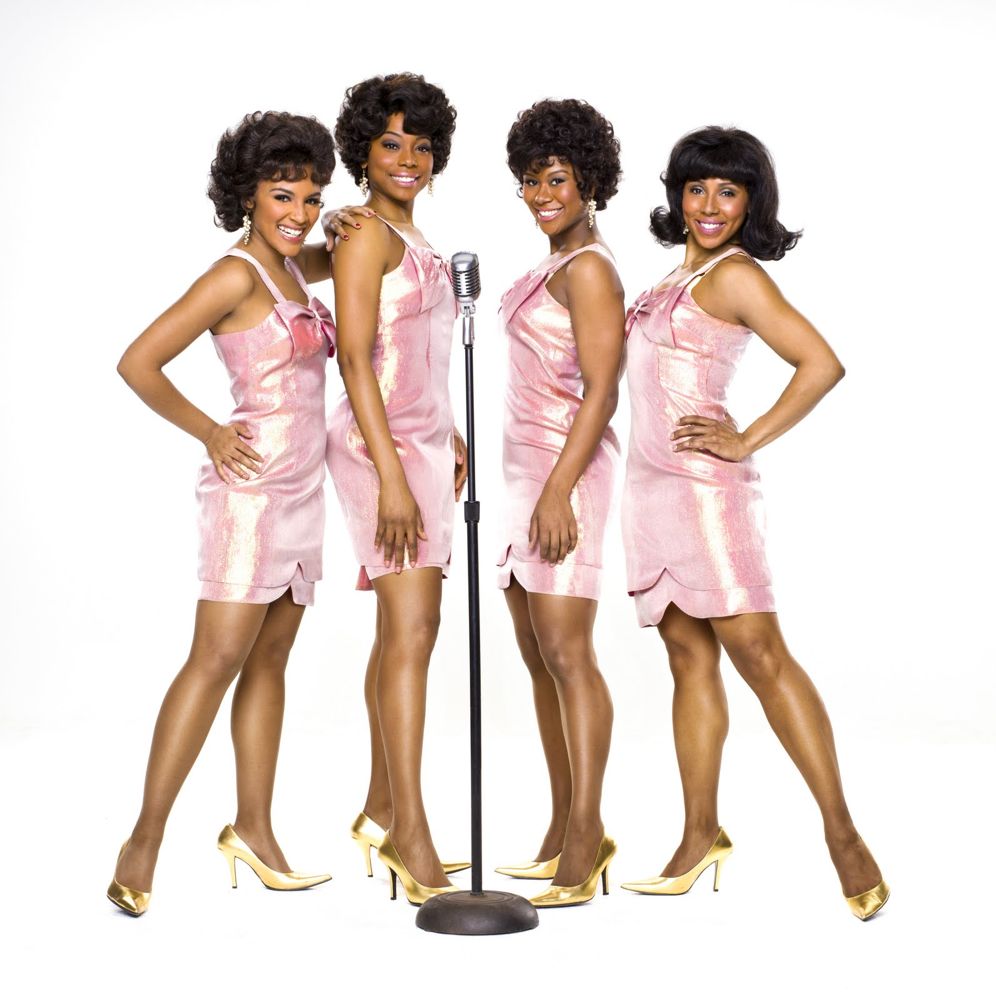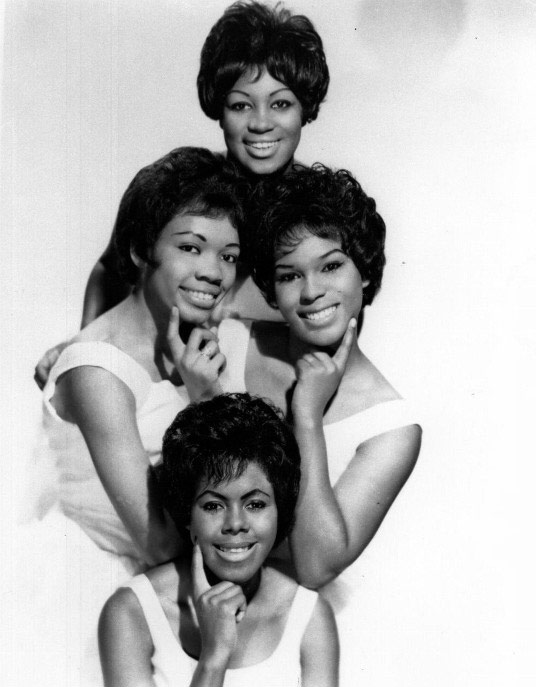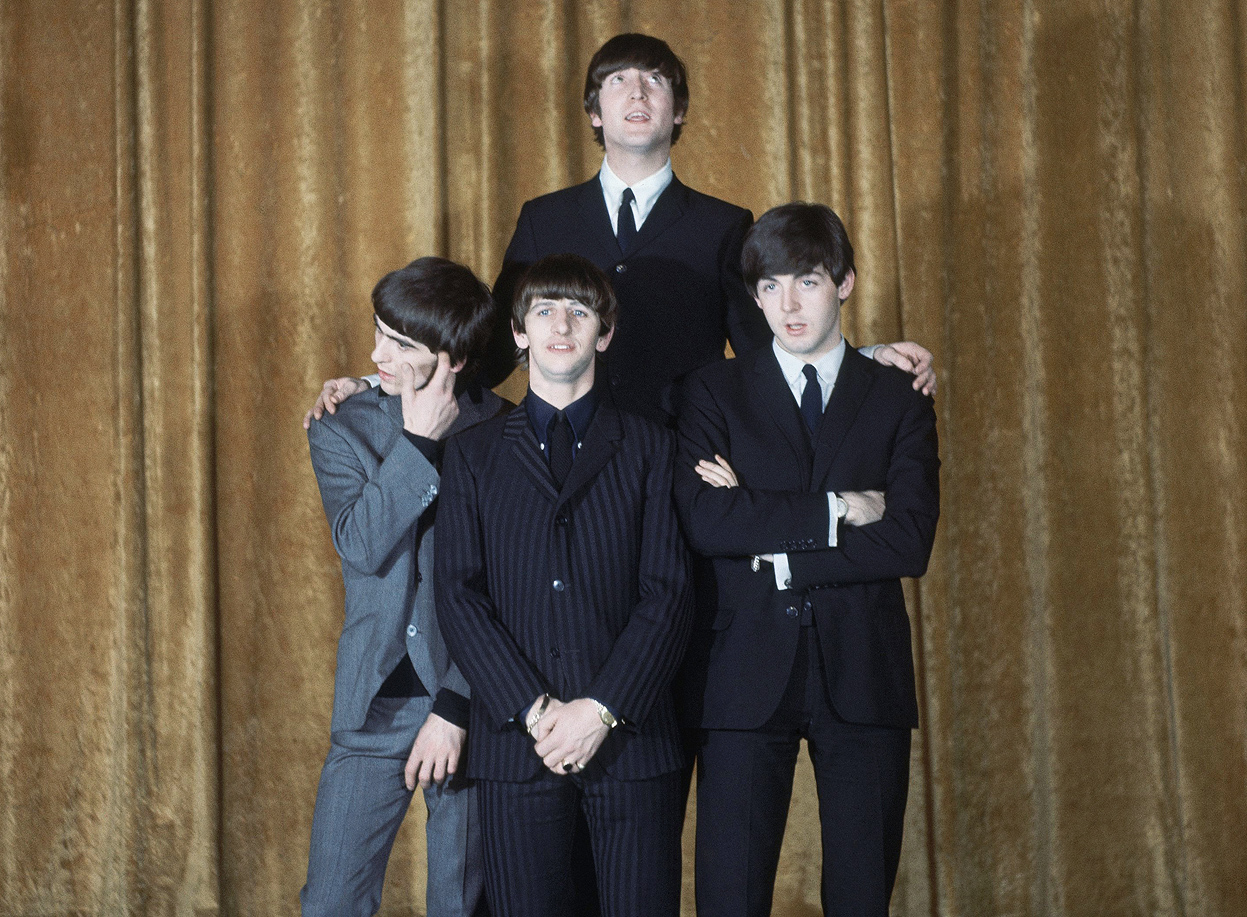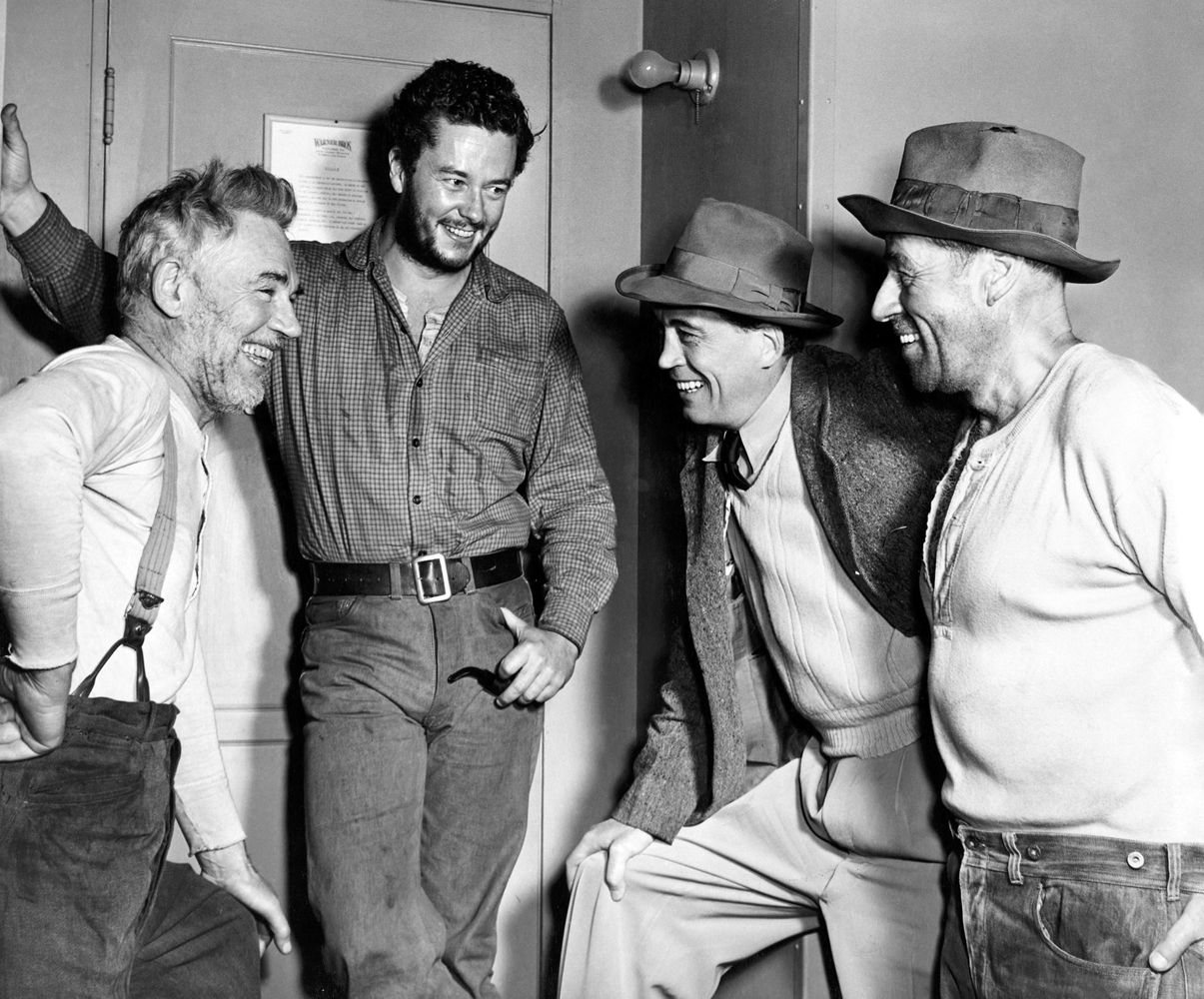Click on the image to enlarge.
Author Archives: Lloydville
A SILENT MOVIE POSTER FOR TODAY
A PLAYMATE FOR TODAY
AN EDMUND TARBELL FOR TODAY
A LANGDON CLAY FOR TODAY
RED RIVER
A lot of folks reckon Red River to be one of the greatest Westerns ever made but I myself don’t see it that way. It’s a damn good Western, and a fine entertainment, but to me there’s something just a little off about it.
The outdoor scenes were all shot in southern Arizona and are spectacularly good. The crossing of the cattle over the Red River is as impressive as any river crossing in any Western. Throughout the film John Wayne gives one of his very best performances, ably supported by Montgomery Clift, Walter Brennan and Joanne Dru.
Its first 45 minutes are as good as the first 45 minutes of any Western, but the film seems to wander off the trail a bit after that, starting with the sequence of the night stampede.
[Spoilers below]
Having Latimer, well played by Harry Carey, Jr. (above), talk about his wife and his hopes and his dreams moments before getting killed in the stampede comes across as artificial. The stampede itself, though it incorporates some stunning location footage of rampaging longhorns, is interrupted once too often by inserts shot back at the studio on a sound stage.
The sequence has emotional power but it feels like an interpolation and too obviously manipulative. Hawks generally got at sentimental effects in less direct ways. More importantly, it feels like a departure from the easy and natural way the film establishes its characters and their conflicts in the first 45 minutes, with crackling dialogue and inventive exposition that never plays as exposition.
Hawks being Hawks, a master storyteller, the stampede has a legitimate function in the overall structure of the tale, motivating John Wayne’s character, Tom Dunson, in an understandable way, to commit his first suspect act as the boss of the trail drive, coming very close to killing the hapless cowboy who caused the catastrophe.
This line of development gets more and more intense after the stampede, Dunson more and more unreasonable and unhinged. We proceed to the triumphal and visually masterful crossing of the cattle over the Red — a superb piece of filmmaking — only to find that it hasn’t settled Dunson down at all.
A final confrontation with his adopted son Matthew Garth, played by Clift, causes Garth to mutiny and take control of the drive, exiling Dunson, who promises to come back and kill him. This is the core of the movie — revealed now to be a version of Mutiny On the Bounty on horseback.
At this point, it ran into the same problem Mutiny On the Bountry ran into dramatically. The tension between Christian and Bligh, having reached its climax in the mutiny, essentially ends and the tale bifurcates. We see what happens to Christian, we see what happens to Bligh, but the personal face-to-face conflict between the two men, the engine of the drama, is over.
Hawks was wise enough to bring his Christian and Bligh together at the end for a final showdown, but the narrative mechanism he used to arrange this was clumsy. Basically it involved the late introduction of a new character, Tess Millay, played by Joanne Dru. Garth rescues her from a wagon train under attack by Indians, then leaves her, whereupon she falls in with Dunson and becomes a kind of mediator between the two men, finally stopping their duel to the death at the end of the film.
It makes for some interesting interactions between the characters, but feels a little jury-rigged as a plot development. The film was based on a Saturday Evening Post story by Borden Chase, who wrote the first draft of the screenplay. Chase thought the heart of the tale lay in the triangle between Dunson, Garth and Millay. Hawks wanted it to lie in the spectacle and historical consequence of the first major cattle drive to a rail-head in Kansas, so he hired Charles Schnee to rewrite the script with that in mind.
He and Schnee never really solved the problem of how to integrate the two parts of the movie into a whole. Two thirds of it is the epic tale of a cattle drive with a Mutiny On the Bounty structure, the last third concentrates on an intriguing emotional triangle between three characters. Hawks acknowledged this in later years, saying he was never happy with the ending of the film, but he blamed it on Schnee and on Dru, a last-minute replacement for another actress — he said Dru simply didn’t know how to play the role correctly.
In fact, Dru (above) is wonderful in the film, and no actor giving any kind of a performance could have resolved the split nature of the narrative. The ending is satisfying enough, if a little perfunctory — Millay simply tells Dunson and Garth to stop fighting because they love each other, so they stop fighting.
The film remains a fine entertainment, because each section of it is involving and well executed, but it doesn’t have the driving through-line, the structural cohesion, of a first-rate film, a first-rate Western. Surely some way could have been found to introduce Millay earlier and more naturally into the narrative — Hawks and his writers simply didn’t take the trouble to do it.
Audiences didn’t seem to mind — the film was a huge hit and is now considered a classic, though I myself don’t think it measures up to Hawks’s other important Western, Rio Bravo, a less ambitious film in some ways but in my opinion a flat-out masterpiece.
Click on the images to enlarge.
A NEW AMAZON CUSTOMER REVIEW
WHAT I’M SPINNING NOW
A GEORGE PETTY FOR TODAY
WHAT I’M SPINNING NOW
When Francis Ford Coppola heard this album of electronic music from 1974 he tried to hire its composer, Tomita, to do the soundtrack for Apocalypse Now. When Tomita proved unavailable, Coppola got his father Carmine to compose soundtrack cues then had them transposed into electronic versions.
Snowflakes Are Dancing is mostly melodic and lush, but the edgier cuts have an unsettling quality which is probably what got Coppola’s attention. It’s not really my kind of music, but it has its charms and fascinations.
Click on the image to enlarge.
QUALITY CONTROL
. . . at EMI for the newest Beatles album. Defective LPs were very rare in the 60s, depressingly common in the 80s and 90s, when the music business was boosting the new CD format. I continue to believe that record companies deliberately abandoned quality control standards for vinyl in order to get people to switch over to CDs.
The quality of pressings is much better today in the wake of the vinyl revival.
Photo courtesy of Bryan Castañeda . . .
Click on the image to enlarge.
TIM
A COMIC BOOK COVER FOR TODAY
THE SHIRELLES
When George Martin first encountered John, Paul, George and Ringo, he liked them personally, and he thought their music had commercial potential, but he couldn’t place their act in any convenient industry category.
Successful pop groups normally had a front man with generically named backing musicians — Buddy Holly and the Crickets, Cliff Richard and the Shadows. Internally, Lennon was the leader of The Beatles, to the extent that they had a leader, but he wasn’t their front man — he and Paul were co-leaders as writers of original material and at the time they shared lead vocal duties and harmony work fairly equally with Harrison. As an ensemble, with Ringo as the genial fourth wheel, they presented themselves as co-equals, as a genuine “group”.
But Martin had a conceptual and somewhat visionary breakthrough. Maybe, he thought, these guys could be the male equivalents of The Shirelles — an up-and-coming girl group that was essentially a group, not a lead singer with back-up support. That idea, eccentric as it was at the time, gave him a model he could get his head around.
It proved serviceable. John and Paul moved to the fore as vocalists as their original songs came to dominate the group’s repertoire, but as personalities the band remained a team of equals. Martin contributed a lot to The Beatles, musically speaking, but his vision of a white male pop group that was primarily a group was not the least of his contributions to their success.
If he could sell that idea to himself, he reasoned, maybe he could sell it to the industry — and the world. In the end it became a model for all the pop and rock groups without nominal front men that followed in the wake of The Beatles — from The Byrds to The Band.
ON THE SET
The Treasure Of the Sierra Madre, 1948.
You’ll probably recognize Walter Huston on the left and his son John, wearing the fedora and the tie — you may not recognize Jack Holt, on the right, father of Tim Holt, who’s standing between the Hustons. Jack, once a star in Hollywood, then a regular leading man in B-Westerns, was visiting his son on the set and John thought it would be fun to give him a small part in the movie, as one of the residents of the flophouse at the tale’s beginning.
Click on the image to enlarge.

